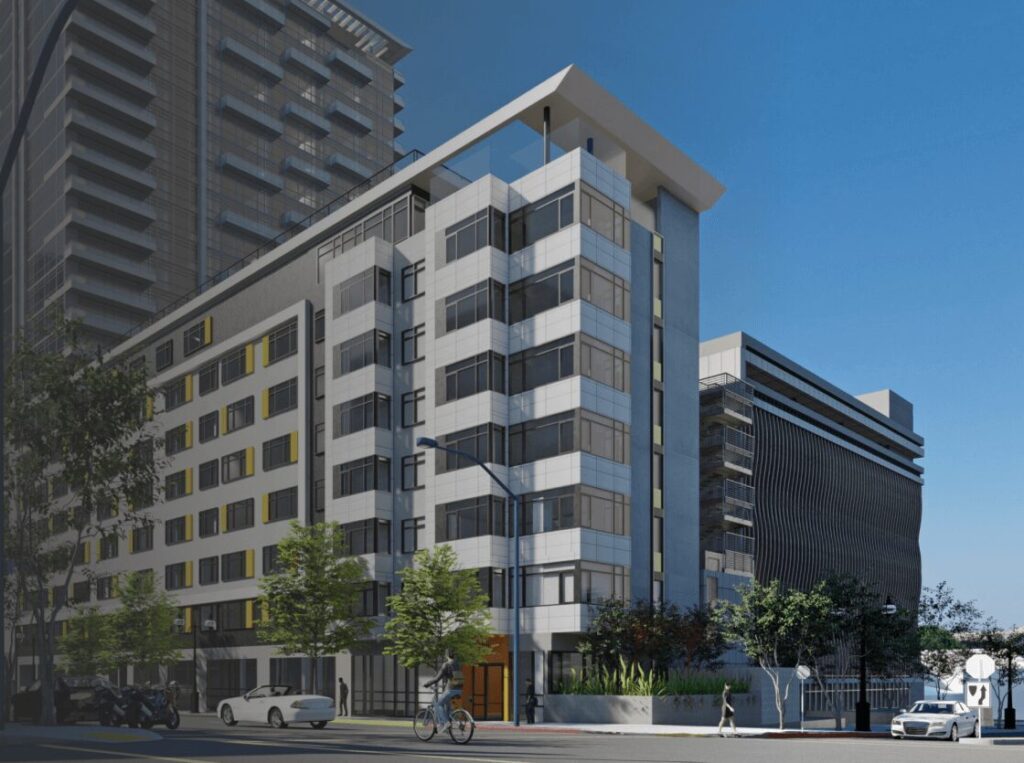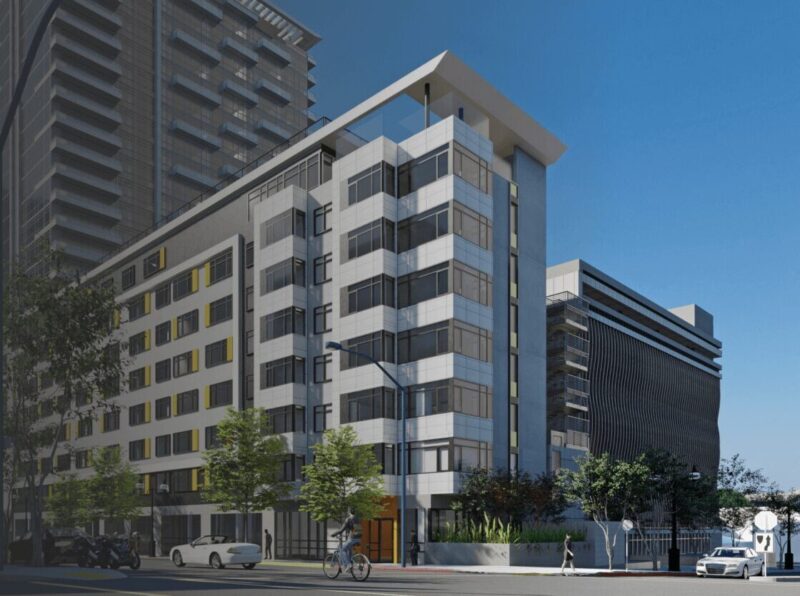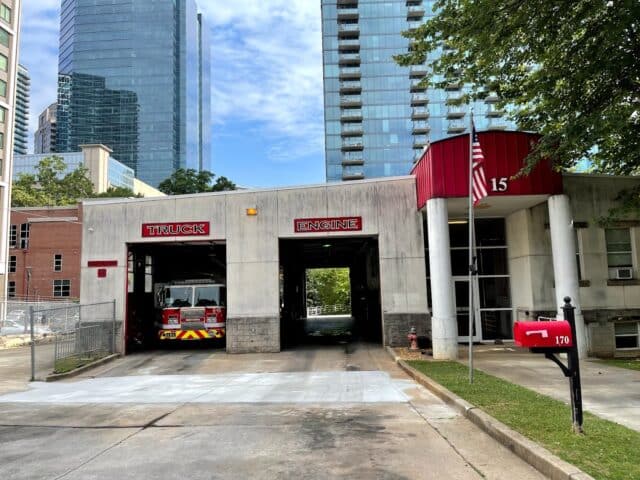More tools, more housing opportunity: Second set of tools in State and Local Housing Action Plan released

- Resources
Just as there are multiple routes to a destination, there are various approaches to resolving your community’s housing challenges.
Today, the National Housing Crisis Task Force added three new innovative tools to its State and Local Housing Action Plan, a roadmap for transforming state and local housing ecosystems to rapidly expand production and preservation. These new tools complement the initial set of six tools released in early March. Below is a brief overview of the newly released tools. You can dive deeper into each by clicking the links or visiting NationalHousingCrisis.org.
Housing Command Centers: An Emergency Response to Homelessness
Using disaster response and emergency management practices as a model, Housing Command Centers enhance coordination between the key players necessary to help the homeless – outreach workers, local government, private landlords, and social service providers – to address people’s specific needs and provide housing as quickly as possible. The centers prioritize housing individuals quickly, enabling a base level of stability before addressing behavioral health, substance abuse, employment, or other challenges. In cities such as Denver and Cleveland, “unit teams” work to find existing vacant units – whether in the private market or in temporary non-congregate shelter options such as hotels or micro communities.

San Diego Housing Fund has supported the development of 64 affordable homes for low-income seniors in San Diego’s Little Italy neighborhood. | Courtesy of San Diego Housing Fund
Beyond Traditional Giving: How Place-Based Philanthropy Catalyzes Housing Solutions
As aggregators of mission-driven capital, place-based philanthropies can significantly expand housing production and affordability through impact investment funds, grantmaking, and partnerships with the public sector. For example, The Community Foundation for Greater Atlanta, a leader in supporting housing production locally, expects to leverage its investments to create or preserve 5,000 affordable units in a five-year period. Similarly, the San Diego Foundation has launched an impact investment fund that will fund the creation of 1,000 homes a year for the next 10 years. The Chicago Community Trust is deploying low-cost capital to promote homeownership opportunities in historically disinvested neighborhoods. Increasing the percentage of assets that community foundations and other place-based philanthropic organizations devote to housing production and deploy through impact investment funds could unlock billions of dollars to support the creation of tens of thousands of homes annually.
Public Asset Corporations: A Model for Mixed-Income Housing Development
Local governmental agencies are estimated to own more than 230,000 acres of developable land, with potential to support up to 5.9 million new housing units. Ownership of this land, however, is typically divided among numerous agencies, making redevelopment of the parcels challenging. Creating a public agency, or “Public Asset Corporation,” focused on developing public land addresses the disjointed, costly, slow, and burdensome process that typically characterizes public land redevelopment. Public asset corporations often keep an ownership stake in their projects, retaining ownership over the land, acting as joint-venture partners in a development, or investing equity to ensure long-term affordability. This ownership model enables the public sector to gain positive returns on investment from publicly owned land. Atlanta and Chattanooga are examples of communities that have recently launched public asset corporations and are seeing initial success in catalyzing the production of workforce and affordable housing.

The City of Atlanta and the Atlanta Urban Development Corporation seek to turn Fire Station 15 into a mixed-use site that will incorporate market-rate, affordable, and “deeply, permanently affordable housing.” | Courtesy of Atlanta Housing
More Innovative Tools for State and Local Leaders
Communities can and should pair these newly released tools with the first set of tools in its State and Local Housing Action Plan to collectively amplify their impact on a community or region. You can review each of the previously released tools below:
-
Responding to a Crisis: Lessons from Atlanta’s Housing Strike Force
-
“Right-Sizing” Property Tax Incentives to Increase Housing Affordability
-
Expanding Housing Supply: A Call for Municipal Property Advisors
-
Land Use, Permitting, and Building Code Reform: A Path Forward
The final State and Local Housing Action Plan will be released this summer and will include finalized versions of already released tools, as well as several new tools. Please review each to see how your community can implement these practices, and if you have questions or feedback, please contact us: info@acceleratorforamerica.org

